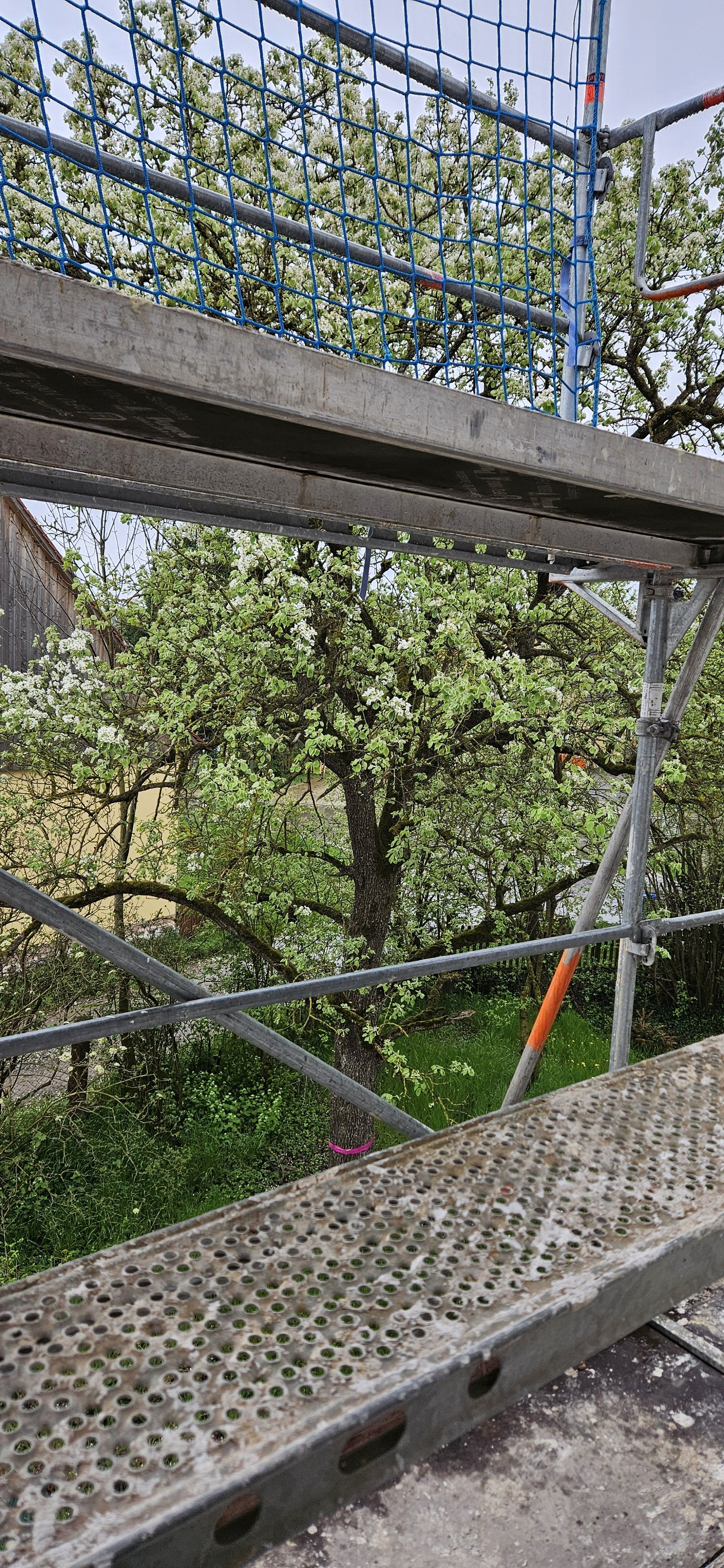this post was submitted on 09 Apr 2024
39 points (100.0% liked)
Gardening
3805 readers
63 users here now
Your Ultimate Gardening Guide.
Rules
- Be respectful and inclusive.
- No harassment, hate speech, or trolling.
- Engage in constructive discussions.
- Share relevant content.
- Follow guidelines and moderators' instructions.
- Use appropriate language and tone.
- Report violations.
- Foster a continuous learning environment.
founded 2 years ago
MODERATORS
you are viewing a single comment's thread
view the rest of the comments
view the rest of the comments

Details are blurry in the photo, but it looks like it may be a Bradford Pear. If that is a Bradford Pear, you should have it removed.
From an ecological standpoint, they are highly invasive trees that can and do escape into the wild. If they aren't native to your area (and most places they are grown are not their native area), they out compete native trees and shrubs in the wild. In many places there are native tree options that out perform and (this is obviously just an opinion) look nicer, so you may want to research those options.
From an economic standpoint, Bradford Pears are poorly suited to locations that may experience periodic high winds or where there's any chance of heavy snow or ice in the winter. These trees grow quickly, but their wood is weak. The branches break off very easily, and the trees can even split in half. Giant branches can damage your property such as homes, fences, and vehicles. They can fall on people and pets. As the trees get older and more gangly, the chances of dropping limbs and branches are greater.
From a personal standpoint, the flowers smell gross and make a big mess when they are done blooming.
Of course, if it's not a Bradford Pear (and like I said I can't confirm with certainty based on this photo), then you can ignore my advice and rambling.
And I forgot to add https://www.nashvilletreeconservationcorps.org/treenews/why-nashvillians-should-cut-down-bradford-pear-trees